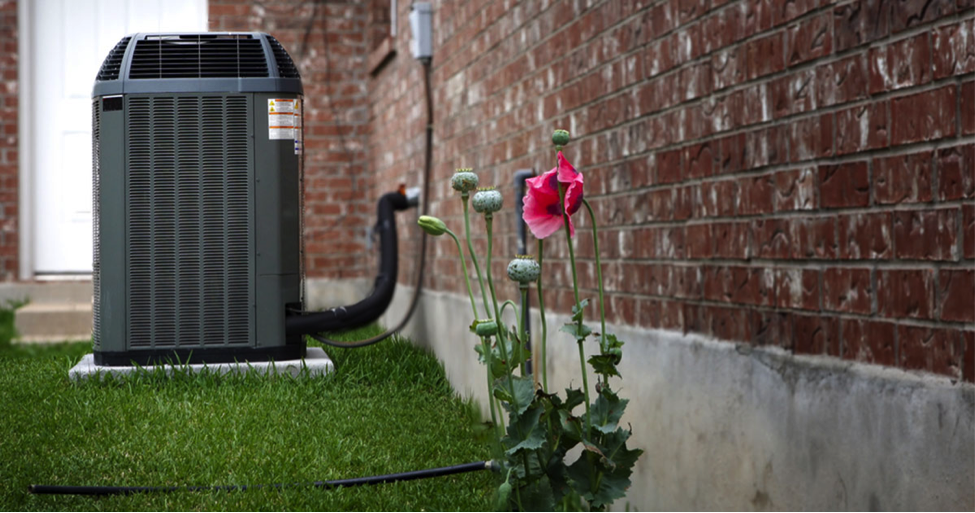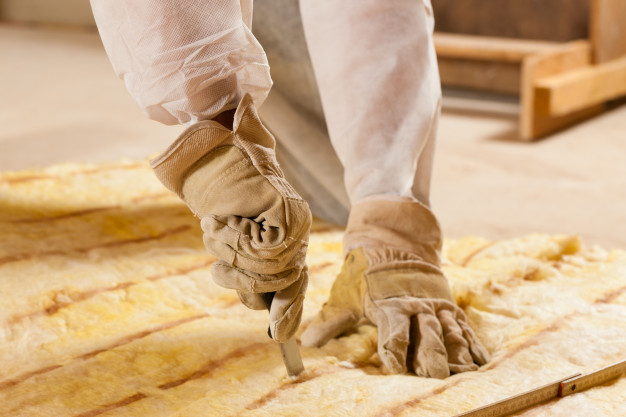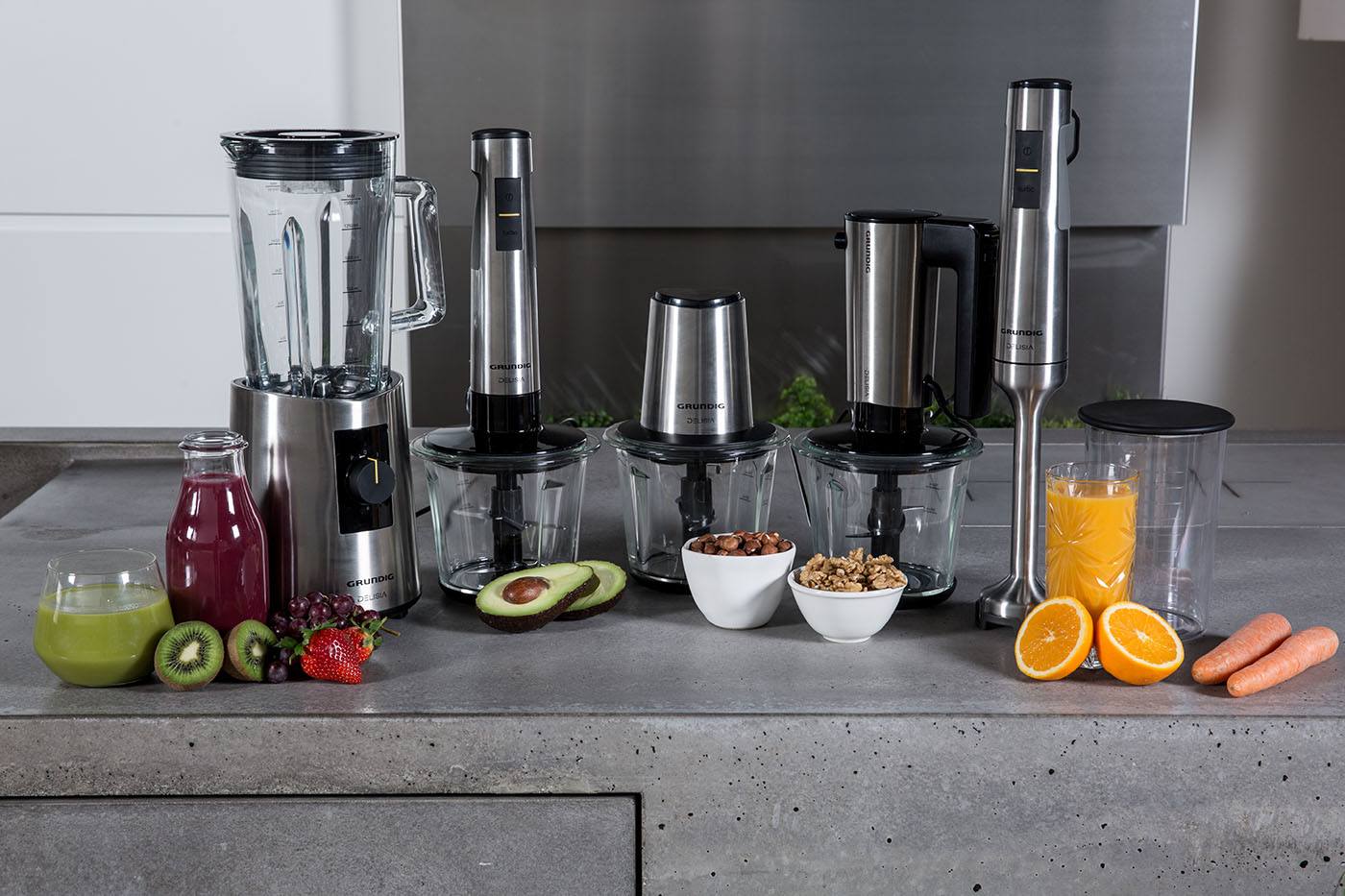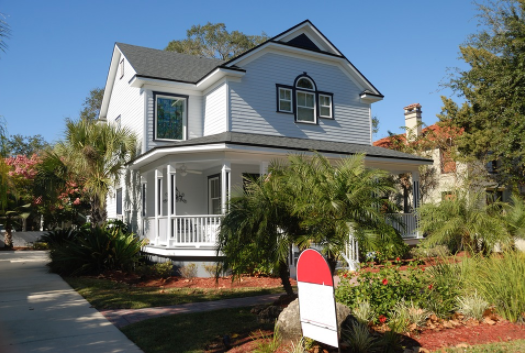The High Performance Home: Making Your Home Energy Efficient with Ease

Learn how to save energy and keep your bills small with these energy efficient tips for your home!

At a time of rising power costs, higher heating/cooling bills, and environmental concerns, many homeowners are seeking homes that are healthier for their family, more cost effective to run, built to last and reflect a commitment to sustainability – these homes are known as High Performance Homes.
A truly high performance home goes far beyond having lower energy bills; it is an integrated design process. Utilizing cutting-edge building sciences, the High Performance Home design process uses an individualized design process tailored to individual homeowner wishes and site conditions – including wind/solar access, elevation changes, surrounding landscape considerations and weather patterns over the year.
To achieve a high performance rating, building envelopes must be airtight and well insulated while still permitting natural ventilation through heat recovery ventilators (HRV), providing fresh indoor air without polluted outside air entering from outside sources. This enables mechanical systems to be more accurately sized while cutting water usage through efficient tankless hot water systems.
Renovations that make your home more energy efficient or more like these buildings can save money and contribute to a greener world. On top of that, energy efficiency home remodeling ideas across the internet offer attractive upgrades that may increase your home’s resale value. Increased insulation, upgraded windows and replacing old appliances are just some of the many ways homeowners can reduce energy usage and utility bills.
1. Add Insulation
Insulation is one of the key steps you can take to make your home more energy efficient, and can dramatically cut power bills by keeping you warm in winter and cool in summer. According to ENERGY STAR estimates, homes that properly seal air leaks and add insulation can save up to 10% annually on power costs.
Insulating your home helps eliminate unwarranted airflow and create a thermal barrier to limit heat transfer, blocking heat from entering in wintertime while keeping it out in summer, providing a consistent temperature year-round.
According to this press release, most homes in the United States are under-insulated. This is often due to age; older houses typically contain less insulation. Installing insulation can significantly decrease power bills while simultaneously helping reduce greenhouse gas emissions and increasing your home value.
Insulating your home, whether new or renovation is an investment that will pay dividends in reduced energy costs and increased property values. Insulation should be installed throughout your home but most notably attic and wall space between living spaces should be properly insulated, along with any unheated spaces such as garages, basements or store rooms that adjoin them.

2. Upgrade Your Windows
If your windows and doors are outdated and energy inefficient, one of the best upgrades you can make to make your home more energy efficient is installing energy star certified products. New windows and doors will help reduce heating and cooling costs while keeping the cold air out during winter and hot air out during summer. They’ll also filter UV rays out, protecting furniture, wood floors and artwork from harmful UV damage.
Energy efficient windows will bring more natural light into your living spaces for a brighter and cozier atmosphere, reduce noise pollution outside, and provide increased privacy because they’re better insulated than older models.
Upgraded energy efficient windows and doors may also increase the value of your property should you plan to sell it later on. New windows and doors make your house appear more modern and well-kept – two factors potential buyers look for when considering whether to make an offer on it.
3. Replace Your Appliances
Replacing old appliances with energy efficient ones is an excellent way to reduce utility costs and make savings a reality. Most appliances last ten years or longer; when reaching their end of service life it may be worth investing in more efficient models designed with efficiency in mind – look out for models marked ENERGY STAR as these will ensure you receive maximum power efficiency from each purchase.
Major appliances, like furnaces and water heaters, may require professional assistance for replacement; however, smaller appliances such as those marked ENERGY STAR can help kick-start a green home renovation initiative by cutting your power consumption by up to 40% in summer months and 10% during winter.

4. Add a Solar Panel
Solar panels harness power from the sun and convert it to electricity, offering an easy way to reduce fossil fuel use and utility bills while increasing home value – Zillow conducted a recent survey that revealed homebuyers willing to pay up to 15k more for homes with solar panels compared with similar homes without.
If you decide to install solar panels, make sure your wattage covers as much of your electricity usage as possible; that will bring you maximum savings in electricity bills. In addition to saving money and being environmentally-friendly, solar power helps reduce greenhouse gas emissions – something many homebuyers who care about sustainability and climate change find appealing; consequently solar-powered homes have seen significant appreciation in real estate prices.






